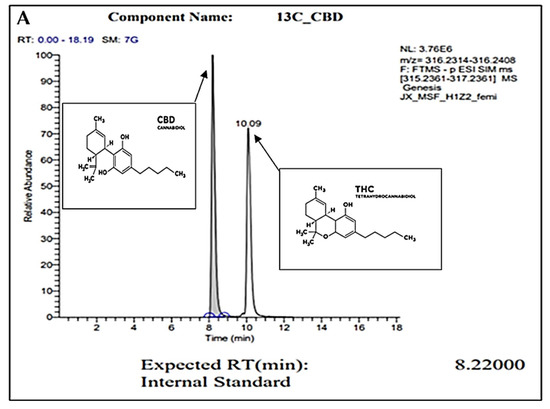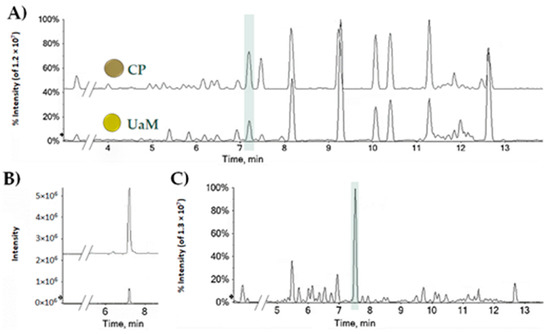
“Cannabidiol (CBD) and cannabigerol (CBG) are two pharmacologically active phytocannabinoids of Cannabis sativa L. Their antimicrobial activity needs further elucidation, particularly for CBG, as reports on this cannabinoid are scarce. We investigated CBD and CBG’s antimicrobial potential, including their ability to inhibit the formation and cause the removal of biofilms.
Our results demonstrate that both molecules present activity against planktonic bacteria and biofilms, with both cannabinoids removing mature biofilms at concentrations below the determined minimum inhibitory concentrations. We report for the first time minimum inhibitory and lethal concentrations for Pseudomonas aeruginosa and Escherichia coli (ranging from 400 to 3180 µM), as well as the ability of cannabinoids to inhibit Staphylococci adhesion to keratinocytes, with CBG demonstrating higher activity than CBD. The value of these molecules as preservative ingredients for cosmetics was also assayed, with CBG meeting the USP 51 challenge test criteria for antimicrobial effectiveness. Further, the exact formulation showed no negative impact on skin microbiota.
Our results suggest that phytocannabinoids can be promising topical antimicrobial agents when searching for novel therapeutic candidates for different skin conditions. Additional research is needed to clarify phytocannabinoids’ mechanisms of action, aiming to develop practical applications in dermatological use.”
https://pubmed.ncbi.nlm.nih.gov/36768709/
“This report compares CBD and CBG’s antimicrobial effectiveness and further cements phytocannabinoids’ potential to be used as antimicrobial agents. Both molecules’ antimicrobial capacity strongly depends on the target microorganism, namely whether it is Gram-negative or Gram-positive. Nonetheless, we were able to determine MICs for all tested strains, including S. pyogenes, E. coli, and P. aeruginosa. It is of note that CBG revealed a stronger antimicrobial effect than CBD, particularly in the challenge test and in the antibiofilm assay. Further studies are needed to understand these discrepancies, as they may be connected to structural differences, receptor-binding affinity, or another mechanism other than a receptor-mediated one. Since no significant impact on the skin microbiota was observed and given its current widespread use, both CBD and CBG might be considered safe. Thus, we can assume that the development of topical formulations with active concentrations of CBG and/or CBD might represent a promising approach to tackle skin conditions where microorganisms and inflammation play a fundamental role, including psoriasis, atopic dermatitis, and acne.”









